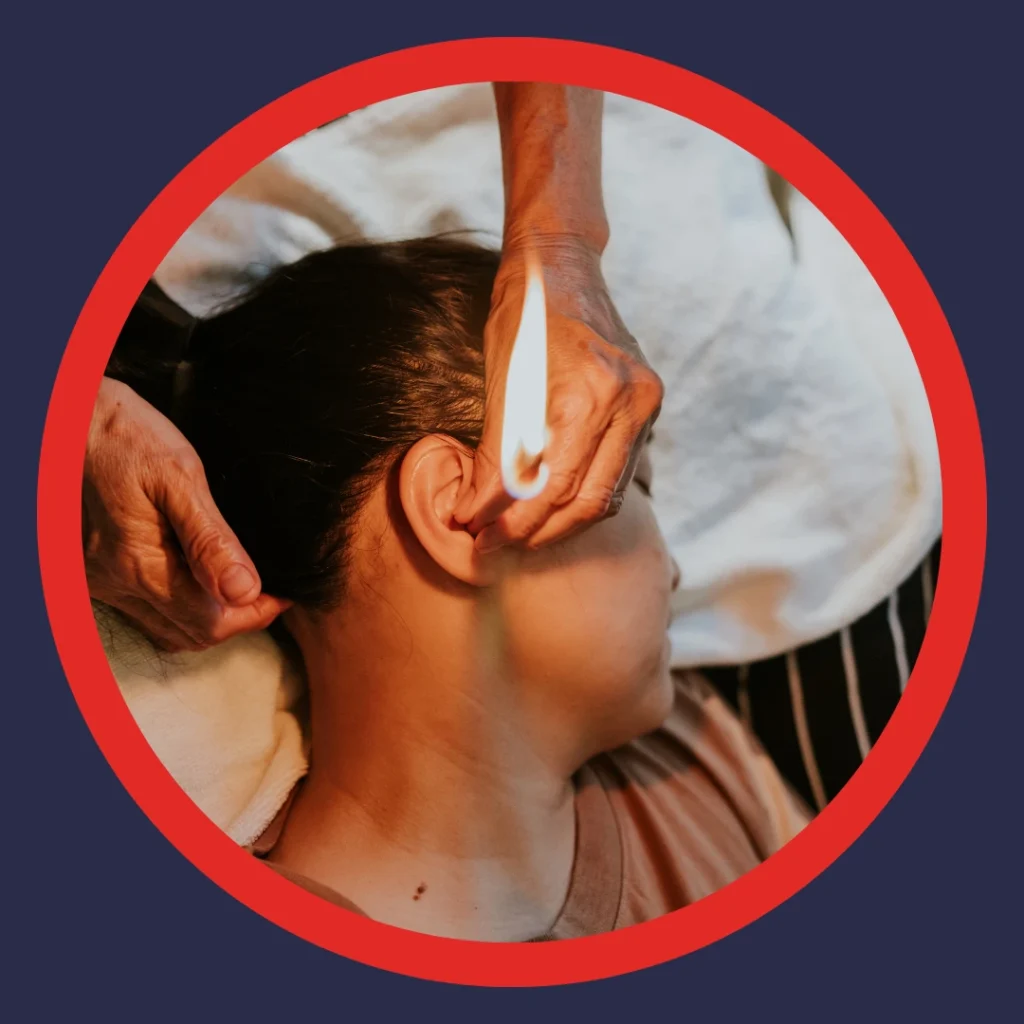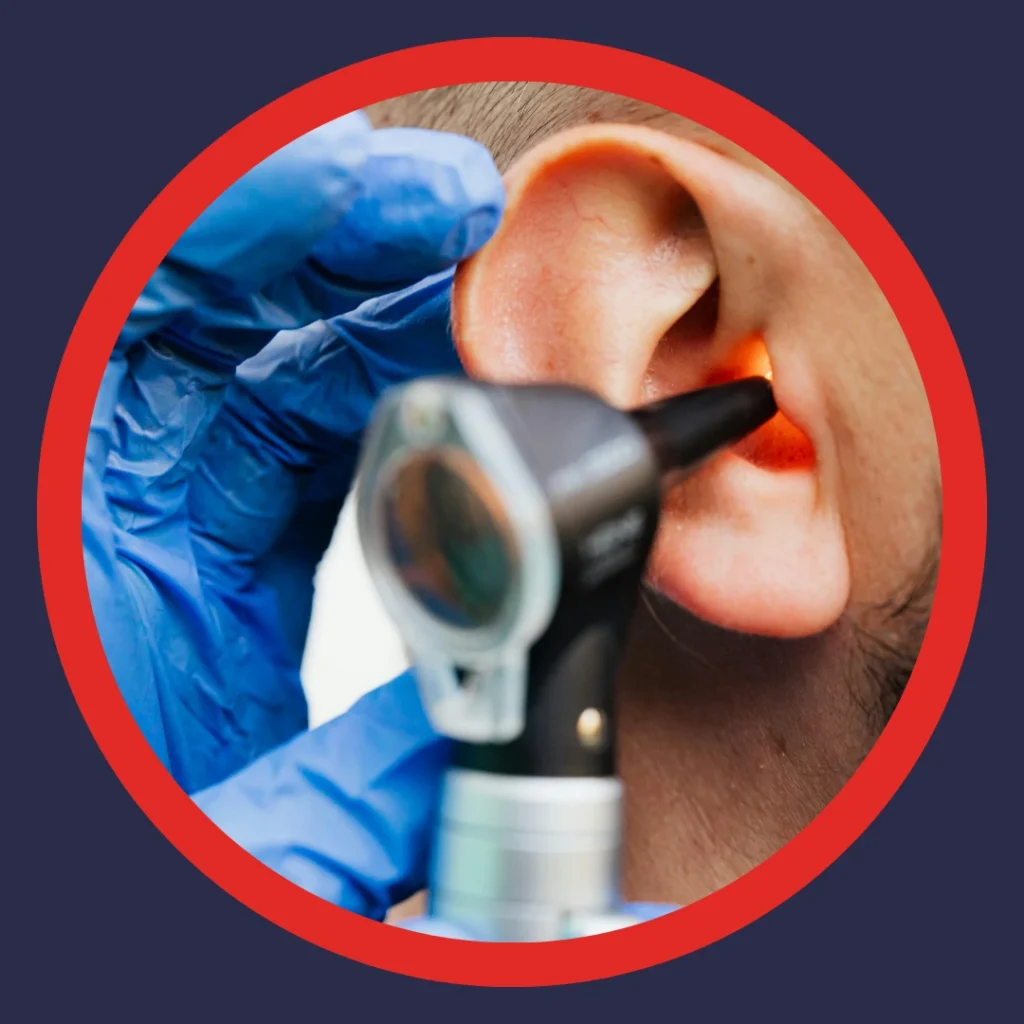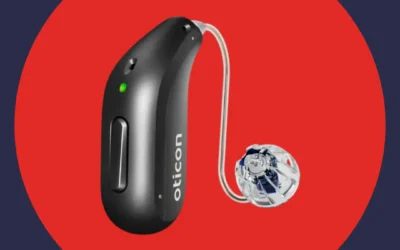Ear candling claims to remove earwax by using a lit, hollow candle placed in the ear. Supporters say it draws out wax, debris, and toxins. But does ear candling work? Research says no—and the risks far outweigh any supposed benefits.
Let’s explore what ear candling is, why it’s dangerous, and what you should do instead.
Understanding Ear Candling
Ear candling is also called thermal-auricular therapy or coning. It uses a hollow fabric tube soaked in wax. The user lights the candle and places the narrow end into the ear canal.
Supporters believe this process creates suction. They say it removes wax, bacteria, and “impurities” from the ear. However, medical science does not support these claims.

What the Procedure Looks Like
During a typical session, the person receiving the treatment lies on their side. The candle is placed into the ear and lit at the other end. A plate or foil barrier is often added to protect the skin from drips.
The candle burns for 10 to 20 minutes. As it burns, the user trims the ash. The session ends when a few inches of candle remain. The practitioner removes the candle and wipes the outer ear clean.
While this might seem gentle or harmless, the actual risks are significant.
Popular Claims vs. Medical Reality
Ear candle manufacturers and practitioners often advertise sweeping health claims. They say the candles:
- Remove wax and toxins
- Relieve sinus pressure and infections
- Improve hearing and mental clarity
- Help with headaches and sore throats
- Treat colds and flu
- Reduce vertigo and tinnitus
Some even go further, claiming it purifies blood, improves vision, or enhances lymphatic flow. Others claim the process balances energy or boosts brain function.
Let’s Be Clear—None of This Is Proven
There is no scientific evidence that ear candling offers any of these benefits. The U.S. Food and Drug Administration (FDA) warns consumers against using ear candles. Studies show ear candling does not produce suction or remove wax.
Ear candling is simply not effective—and it’s not safe either.
Debunking the “Vacuum Effect” Myth
Proponents of ear candling believe it creates a vacuum inside the ear canal. They say this vacuum pulls out wax and debris. This theory is often called the “chimney effect.”
But science tells a different story.
What Studies Reveal
In one experiment, researchers built a model ear canal. They used a tympanometer to measure pressure during candling. No suction occurred. No wax was removed.
Another study used otoendoscopic photography before and after candling sessions. These showed:
- No earwax was removed
- Candle residue was added to the ear
Gas chromatography showed the “pulled wax” was candle ingredients—not ear debris.
Other Flawed Theories
Another belief claims the heat melts the wax, which then drains naturally. However, ear temperature must exceed body temperature to melt wax. Ear candles don’t produce enough heat to make this happen.
Ultimately, no clinical trial supports the effectiveness of ear candling. The science is clear: it simply does not work.
Explore safe ways to handle itchy ears.
Real Risks of Ear Candling
Though the procedure may seem natural or gentle, it can lead to real harm. In fact, ear candling has caused serious injuries in children and adults alike.
Common Dangers Include:
- Burns to the face, scalp, or outer ear
- Blocked ear canals from dripping wax
- Perforated eardrums
- Temporary or permanent hearing loss
- Otitis externa (outer ear infections)
- Fire hazards from open flames
- Complications in children due to smaller ear canals and movement
The FDA has issued multiple warnings. It considers ear candles a public health threat.
Real-World Injuries: What the Case Studies Say
In one case, a 50-year-old woman experienced hearing loss and a perforated eardrum. During the session, wax spilled into her ear canal. She required general anesthesia for removal.
A month later, her eardrum had not healed, and hearing had not returned.
In another case, a teenage boy developed pain and muffled hearing. A physician found candle debris lodged near his eardrum.
These injuries are not isolated. In a survey of ear, nose, and throat doctors, 17% had treated injuries caused by ear candling.
Learn about unique causes of tinnitus.
Children Face Greater Risk
Ear candling is especially dangerous for children. Their ears are more sensitive, and their canals are narrower. Kids also move unpredictably, increasing the chances of wax burns or fire.
Even with adult supervision, ear candling poses unacceptable risks for children.
Why You Don’t Need to Remove Earwax at All
Earwax, or cerumen, is not harmful. It protects your ears.
Earwax Has Several Benefits:
- Keeps your ear canal moisturized
- Traps dust, pollen, and debris
- Helps dead skin cells exit the ear
- Protects against bacteria and infections
Your ears have a natural cleaning system. Wax moves outward and flakes away on its own.
What Causes Earwax Blockages?
While earwax is usually self-cleaning, buildup can happen.
Common Causes Include:
- Using cotton swabs, paper clips, or fingers
- Wearing hearing aids or earbuds for long periods
- Naturally narrow or curved ear canals
- Excess earwax production
These blockages can lead to symptoms like:
- Earache or fullness
- Hearing loss
- Itchiness
- Ringing (tinnitus)
- Dizziness or imbalance
If this sounds familiar, skip the candle. Seek a better option.
Discover how to find the best ear wax removal near you.

Safe Ways to Remove Earwax
If your ears feel plugged or you suspect a blockage, do not DIY. Let a trained hearing care provider examine your ears.
Safe Wax Removal Options Include:
- Professional removal: Hearing care providers use tools designed to safely extract wax.
- Ear drops: These soften the wax, helping it exit naturally during showers.
- Gentle irrigation: Some use a bulb syringe with warm water—but only if advised by a provider.
Never insert cotton swabs into your ears. They push wax deeper and may damage the eardrum.
What About Natural Remedies Like Oils?
Essential oils like garlic or tea tree oil are sometimes promoted as earwax treatments. However, no research confirms their effectiveness or safety for ear care.
In fact, inserting oils into the ear canal can irritate sensitive tissue and worsen symptoms.
Only use treatments recommended by a licensed provider.
Understand how diet can lower tinnitus risk.
When to See a Hearing Care Provider
If you experience these symptoms, contact a hearing care provider:
- Ear pain or discomfort
- Sudden or gradual hearing loss
- Drainage from the ear
- Feeling of fullness or pressure
- Ringing, buzzing, or dizziness
They can assess your ear health and recommend safe treatment options.
The Bottom Line: Does Ear Candling Work?
No, it doesn’t.
Ear candling fails to remove wax, relieve symptoms, or improve hearing. It also poses dangerous risks—burns, punctured eardrums, and even fire.
Here’s What You Should Do Instead:
- Avoid candles. Don’t risk your health for an ineffective remedy.
- Don’t poke your ears. Avoid cotton swabs and improvised tools.
- See a professional. Hearing care providers offer safe, evidence-based solutions.
Earwax is normal and healthy. When it causes discomfort, let trained providers handle it safely.

Let American Hearing + Audiology Help You Hear Clearly Again
Don’t fall for harmful trends. Trust your ears to the professionals. Our hearing care providers offer safe, effective earwax removal and expert care for every stage of hearing health.
Contact American Hearing + Audiology today to schedule your ear health consultation. Your hearing deserves more than a candle.



